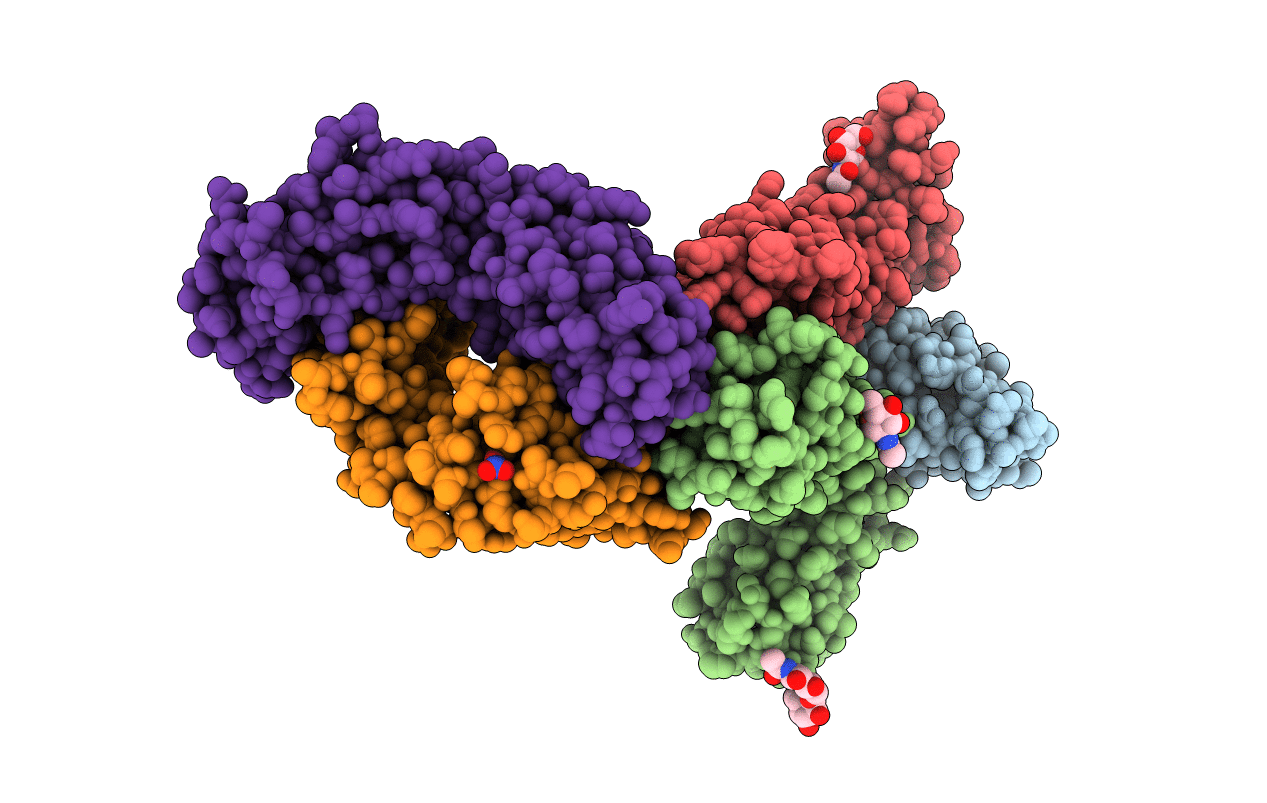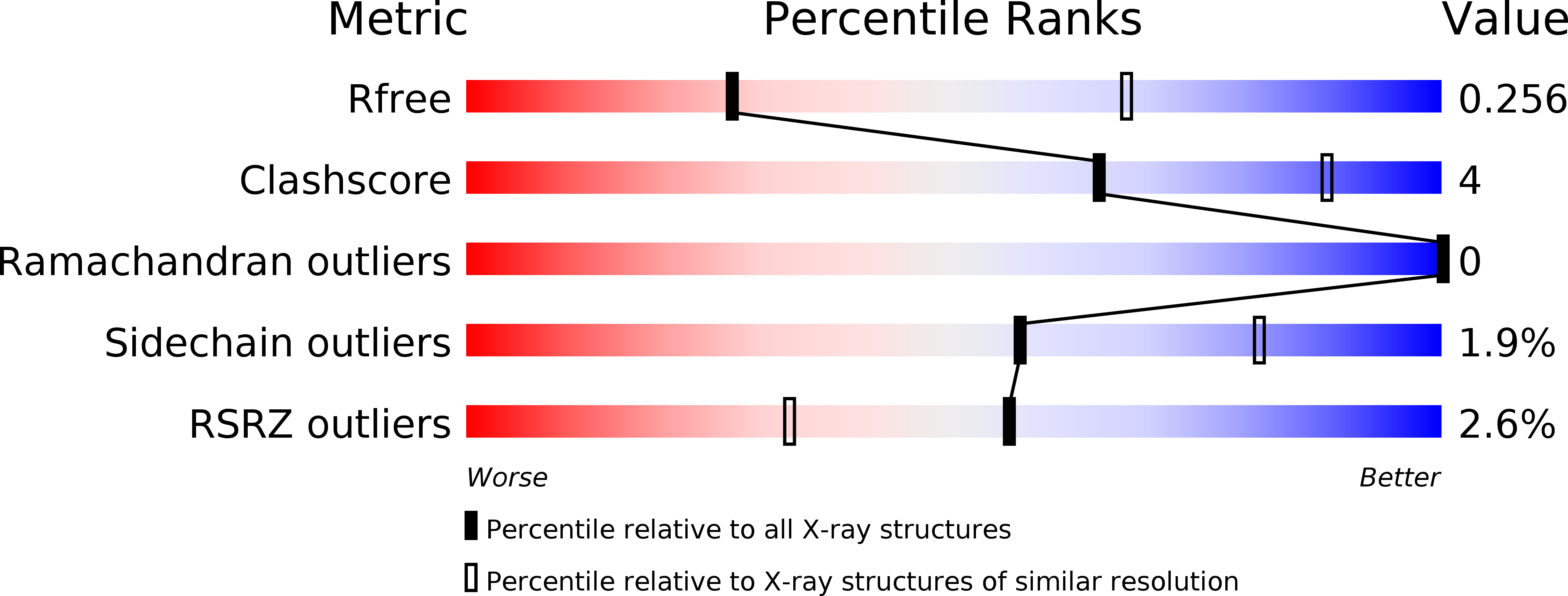
Deposition Date
2019-03-27
Release Date
2019-08-07
Last Version Date
2024-10-09
Method Details:
Experimental Method:
Resolution:
3.10 Å
R-Value Free:
0.25
R-Value Work:
0.19
R-Value Observed:
0.20
Space Group:
F 41 3 2


